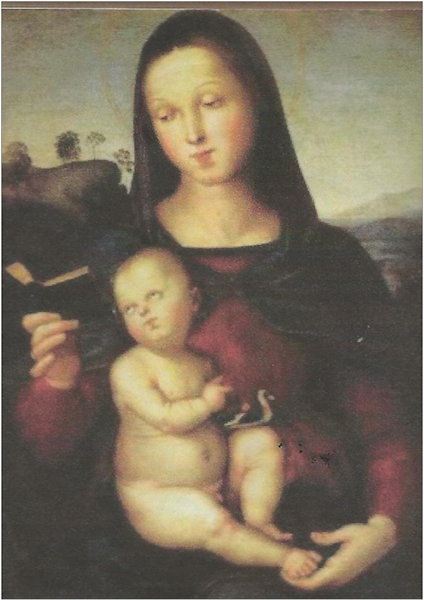By George Solly
This article was published in the April 2015 edition of Soul Search, the Journal of The Sole Society
Edward Solly (25 April 1776-2 December 1844) was a merchant and art collector, he was the son of Isaac Solly of London and Walthamstow (died 1803). Involved in the Baltic timber trade, Isaac Solly and Sons were principal contractors supplying hemp and timber to the British government dockyards.
In 1813 Edward moved from Stockholm to Berlin to oversee the family firm’s purchase of Prussian oak during the Napoleonic wars. Edward amassed an unprecedented collection of Italian 14th and 15th century and Early Netherlandish paintings including the so called Madonna Solly which was painted by Raphael between 1500-4. In 1821 the Gemaeldergalerie Art Museum was established in Berlin with 677 items from Edward’s collection. The painting is still in the Art Museum and still known as the Madonna Solly.

Edward acquired a second collection during his years in London after 1821 when he was living at 7 Curzon Street, Mayfair. Edward is also credited for having undertaken a perilous journey to deliver the first news of Napoleon’s defeat at Leipzig to the English.
Between 1825 and 1837 Edward sold 1306 paintings, drawings and engravings. The best of his collection, those paintings he had reserved for himself, were sold in 1847 after his death by order of his heirs, his daughters Sarah and Lavinia and his son Edward Solly F.R.S. A few were retained at the sale when they failed to reach their reserve, as was one of the two works attributed to ‘Lionardo da Vinci’. Sarah Solly donated five of the paintings to the National Gallery in 1879.
Edward’s older brother, Isaac Solly (1769-1853), was head of the family business and was chairman of the London Dock Company, founding chairman of the London and Birmingham Railway, chairman of the British and American Steam Navigation Company, and Governor of the Royal Exchange Assurance Corporation. He was also amongst the original proprietors of the London University.

